At the beginning of this year we presented a number of cars that celebrated their 40th birthday this year, and are therefore officially a classic according to the Dutch tax legislator. In this overview we briefly present the second part with jubilees.
Alfa 6
The first car in this overview is a genuine Italian: the Alfa 6. Six cylinders, six Dell'Orto carburettors and a 2.5 liter engine. Those were the principles that fed the top model subcutaneously. The Six in the type designation unintentionally has another meaning. This one not transaxle Alfa actually came on the market six years later than planned, it had everything to do with the oil crisis of 1973. The buyer had a technically complex car at his disposal, which perfectly balanced on the fine line between passion and annoyance, but above all formed a wonderful alternative for those who wanted to get off the German convention in this class. The four-door Italian was graceful in everything, especially in the first series with double round headlights and that unique Dell'Orto configuration. In 1983, Bertone interfered with the Alfa 6, the round headlights disappeared, and L-Jetronic came for the 2.5 and the new 2.0 engine. Brought further Alfa Romeo another diesel version on the scene. Purists opt for the first series. With manual gearbox. That variant of the car, which was built in two series and was succeeded in 1986 by the 164, is the most popular.
Citroën GSA
Hey. The GSA, which is not from 1979, right? He really does. It is a further development of the GS, and at the same time more than a facelift. In the mid-seventies, Heuliez had already tried to Citroën to convince them that a GS with five doors (in the long term) would be an attractive proposition. Eventually developed Citroën itself the variant, which became the GSA. The practical variant was clearly subordinate and body-technically clearly based on the GS, but was therefore given a fifth door, a new set of instruments with operating satellites and a diagnostic panel, larger plastic bumpers and a more luxurious finish. Furthermore, the GSA, just like the GS, was available as a Break.
Motors for GSA
At launch in 1979, all GSAs initially received the 1.299 cc engine, which was also fitted in the GS X3 (also from 1979). The delivery variants kept pace with those of the GS, which was only available as GS Special (note the spelling) for the 80s model year, while the GSA entry-level model was the Club. A year later, the GSA Special replaced the last four-door GS. The 1.130 cc engine later became the basic model of the GSA (without designation), the GSA Special grew from that moment on in terms of engine capacity. In 1986 the GS / GSA period was closed. And that was the end of the construction period of one of the most special middle class cars in the car history.
Lancia Delta (1979-1994)
In fact, he may be seen as the first hatchback from Lancia, the front-wheel drive Delta, presented in 1979. The sporty lined Lancia shared the technical basis with the Ritmo of the corporate mother Fiat. The design of Giorgetto Giugiaro had its own face. Lancia also adjusted the chassis and engines (1.3 and 1.5). The five-door Lancia became the Car of the Year in 1980. That was an advantage, but the Delta - which unleashed growth in terms of engine offerings and trim levels from 1983 - was best known for the success achieved in rallies. From HF 4WD to Integral Evoluzione II: the Delta Group A sage set the tone for this already beautiful Lancia, which won the World Cup constructor title with the Delta for six consecutive years. In addition, the Delta in 1987, 1988, 1989 and 1991 also {individually} won the World Cup in rally group A. And the Delta also provided a good basis for the S4, which was active in group B. which was sold in total more than 500.000, could also be used for family purposes, and was also available with an 1,9 turbo diesel engine.
VW Golf Cabriolet
Volkswagen launched the open version of the Golf I, which went into production on February 14 1979 in Osnabrück. Characteristic of the Golf Cabriolet was the roll bar above the B-pillar. The striking design element did not serve cosmetic purposes, but the occupant safety. The fixed roll bar protected the passengers and offered an anchor point for the seat belts. Remarkable: the prototype of the Golf Cabriolet (1976) - just like the predecessor Beetle Cabriolet - did not have this roll bar. The market debut of the Golf II in 1983 did not mean the end for the Golf I Cabriolet. In fact, the model received a facelift in 1987 and was subsequently extended to 1993. All in all, such a 389.000 version of the Golf I Cabriolet has been produced in fourteen years.




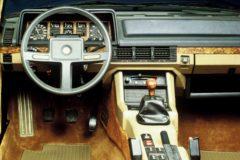
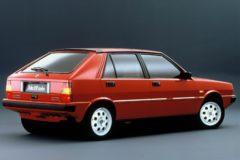
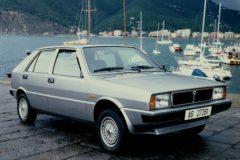



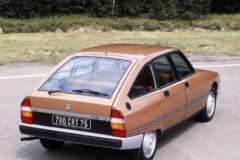

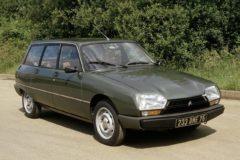


Nice piece about the 40-ers. If you want to see the Golf convertible concept in real life: it is at the Karmann factory in Osnabruck, just like many other study models.